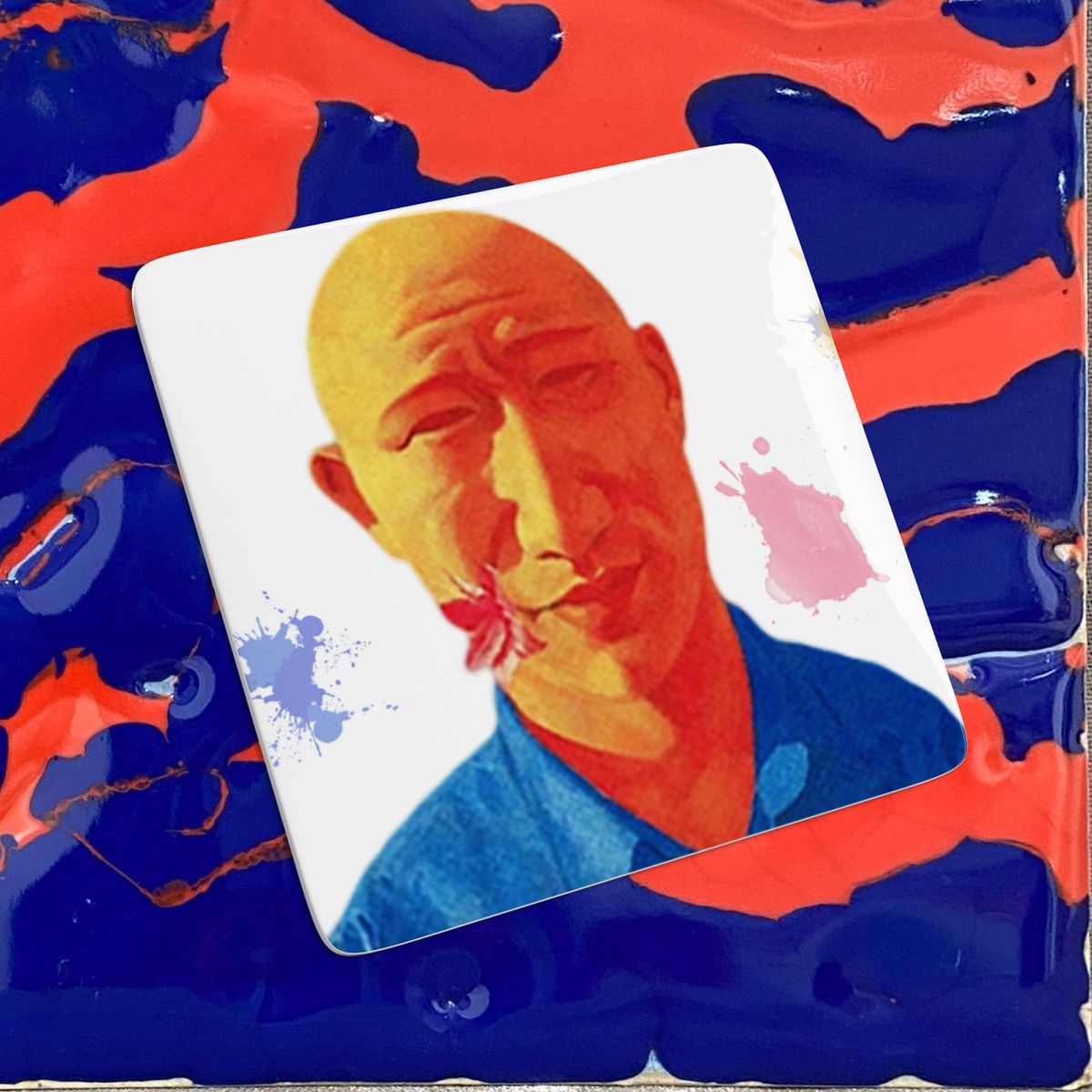Outland, an NFT (non-fungible token) platform launched by Los Angeles-based collector Jason Li in 2021 with a focus on essays and criticism, will release its first commissioned NFT for purchase this week. The new digital work, by renowned Chinese painter Fang Lijun, marks the site’s first foray into developing and selling NFTs; until now it had primarily focused on fostering a more scholarly dialogue around the emergent format by way of criticism and art history.
Former Whitney Museum of American Art curator Christopher Y. Lew and former K11 Art Foundation director of educational and institutional relations May Xue are working with artists to commission and develop NFT and digital art projects that will be offered on Outland.
“We’re having, long, sometimes months-long dialogues with artists about what feels appropriate as an NFT and what feels appropriate for their own practice, and then also what expertise do we need to bring in, whether it’s digital animators for Fang Lijun or, say, Web3 developers to build that team and help realise what it is they’re envisioning,” says Lew, Outland’s chief artistic director. “Each project is going to be different because the artist is coming from a very different approach, so how we will conduct the drop and sales may differ depending on the project—we’re trying to tailor everything to the specific project that each artist is bringing.”
The inaugural commission by Fang is titled Elemental and will be available beginning 20 February, with each of the 2,022 editions available for purchase with Ethereum and priced between ETH 0.2 and ETH 0.3 ($585-$877). The works feature Fang’s distinctive male figures, many of them bald, rendered as if on a ceramic plate that floats and flips in an abstracted space. Buyers of a limited set of 22 unique NFT editions will also be able to claim a corresponding ceramic plate by the artist.
While working on Elemental, Fang says he was less influenced by the complexities of the emergent blockchain-backed technology than by the many options it presented. “I think there are too many exciting elements that this new technology can offer,” he says. “So, I had to pick the most exciting aspects to work with as the possibilities are endless.”
Outland’s next artist commissioned to create new NFT works will be Rachel Rose, the American sculptor, video and conceptual artist. Her project will be based on a series of iPad drawings she made recently and previously sought to transfer into physical form.
“After I had made these works, I printed them out and put them on the wall in my studio, and printed, they were now prints,” Rose says. “But that didn’t feel right, but because I drew on the iPad and not paper, I wasn’t sure how to keep them as originals, as true to the form in which they were made. As NFTs, they could exist as originals, within the material in which they were made.” (Rose previously created an NFT project in 2021 for the K21 Collection.)
In an article outlining his vision for Outland’s NFT marketplace, Lew writes that sales will take a range of forms depending on the project, from auctions to timed sales. “Through our curated program of drops,” he writes, “we seek to work with some of the most exciting artists who approach NFTs with deep experimentation, challenging what we know from a technological, social, and aesthetic perspective.”
Outland’s marketplace joins a crowded field of NFT sales platforms, several of which have quickly grown into veritable juggernauts—earlier this month one of the biggest, OpenSea, which launched in 2017, surpassed $20bn in all-time sales. But most NFT marketplaces have grown out of the surging market for digital collectibles, rather than attempting a crossover from the fine art world. In addition to auction houses Sotheby’s and Christie’s selling NFTs, often for seven-figure prices, art gallery Pace has secured a foothold in the market with its NFT platform Pace Verso.
In addition to collaborating on Outland, Xue and Lew are working with Li on the newly established Los Angeles foundation and artist residency, Horizon.


